Our favorite notebooks for managing the return to the academic year.
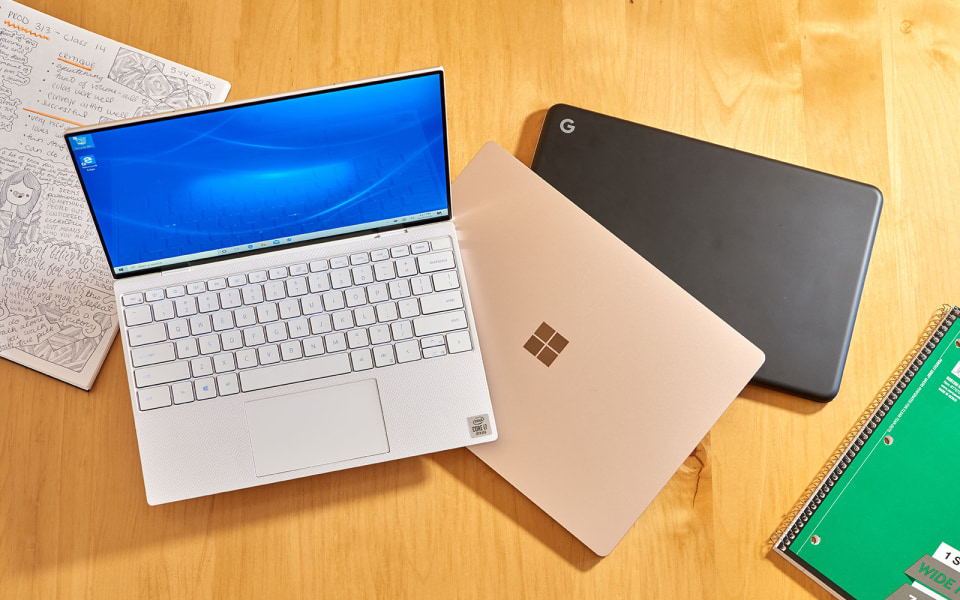
All products recommended by GamusEra are selected by our editorial team, independent of our parent company. If you buy something through one of the links on this page, we may earn an affiliate commission.
Whether your back-to-school plans involve physically going to a campus or attending digital classes, you might be contemplating getting new gear for the upcoming academic year. We’re relying more on our laptops as learning tools than ever before, and your old, laggy machine just won’t cut it.
A good notebook will not only make it easier for you to finish homework and tune into live-streamed classes, but it will also help you stay in touch with your friends, teachers and study groups. And while long battery life might not seem as important right now, it’s still a huge priority because you’ll want your laptop to keep running all day when we return to a semblance of normal life. As laptops keep improving, you should also be on the lookout for newer features like taller screens, better webcams and thinner, lighter builds.
With all that in mind, we picked our new favorite laptops for students. All of them are easy to carry around, have great keyboards, good performance and last all day. Not everyone is going to need an extremely beefy machine to take back to campus -- some of you will find a Chromebook or even a 2-in-1 tablet sufficient. Those who need more power for graphics or video editing will appreciate that our picks pack the muscle you’ll need into frames that won’t weigh down your backpack.
Dell XPS 13
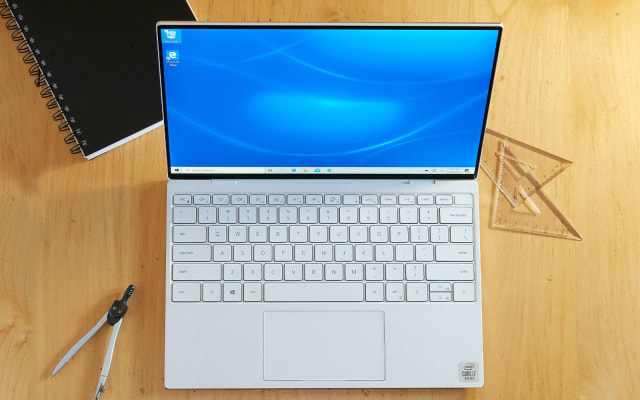
What else can we say? We’ve already hailed last year’s XPS 13 as the perfect ultraportable, and this year’s model managed to improve on that. It features a taller, larger screen so you can see more of your essay at once, plus a bigger keyboard and trackpad. The XPS 13 2020 manages to have a sleeker design than its predecessor too, so it still fits nicely in your bag.
The laptop also offers the same reliable performance and excellent battery life we’ve come to expect on XPS machines. Stay away from the base model, as it uses a less-powerful Core i3 chipset and a measly 4GB of RAM. We recommend the $1,199 version with its tenth-generation Intel Core i5 and 8GB of RAM. If you’re looking for a well-rounded, all-purpose machine, the XPS 13 2020 is your best bet.
Microsoft Surface Laptop 3

If you want a better keyboard and something with a more stylish appearance, consider the Surface Laptop 3. Microsoft’s homegrown notebook line has a sharp design, swift performance and an excellent keyboard and trackpad. Seriously, you’ll love typing on those deep cushy keys, and the Alcantara fabric that covers the deck will feel like a luxe carpet for your palms.
The 15-inch model in particular offers a ton of power while maintaining a sleek profile thanks to its AMD processor. You’ll have to live without an SD card reader and an HDMI socket, but the USB-C and A options are a good base. Plus, you’ll enjoy staring into the Laptop 3’s big, beautiful screen as you Zoom your way to straight As. The Surface Laptop 3 is a great notebook for those who want a modern, good-looking device.
Apple MacBook Air

But what about those of you who prefer Macs? Apple updated its Air and Pro lines this year with improved keyboards, making them easier to recommend. Previous generations are a pain to type on, since keys frequently stick or break.
Now that the typing experience is vastly improved, the MacBook Air is a great laptop for daily use, thanks also to its strong performance, respectable battery life and sharp Retina display. It’s also a much better value now that the starting price is lower and the entry-level specs are more generous. There’s also a handy fingerprint sensor for logging in. Apple also offers year-round education pricing on its notebooks so you can find them for cheaper than on Amazon. Those with more money to spare should consider the 13-inch Pro for its better performance, especially if you expect to be editing videos or playing games. Though, it’s important to note the Pro tops out with Intel’s Iris Plus graphics. That’s fine for light gaming, but for more serious tasks like 3D rendering the 16-inch Pro with discrete GPUs would be better.
Samsung Galaxy Book Flex
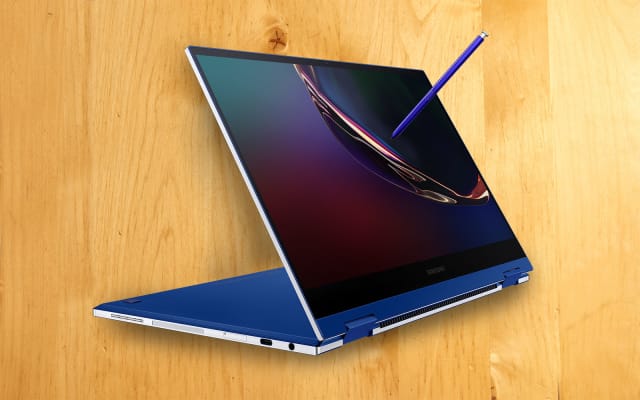
There are few laptops in the market that are as good-looking as Samsung’s latest Galaxy notebooks. The Galaxy Chromebook, for example, has to be the most attractive laptop I’ve ever laid my hands on. The Galaxy Book Flex has the exact same gorgeous aesthetic, except in a less-bold, yet still unique, blue tone.
Despite being incredibly thin and light, the Flex packs a powerful tenth-generation Intel Core i7 processor, comfortable keyboard with ample travel and even an S Pen. With this stylus, you can take lecture notes, draw molecular diagrams or sign documents with ease. The QLED screen is gorgeous too, and you can use an Outdoor Mode to bump up brightness when you need to. The Flex’s 13.5-hour battery life is also impressive for its size, and beats most of the notebooks on this list.
The main drawback with the Book Flex is that you can only get it with a Core i7 and 8GB of RAM for $900. There’s no other configuration. That’s actually pretty affordable compared to Apple’s MacBooks, but those with tight budgets might want to skip this and consider the cheaper Galaxy Book Flex Alpha.
Microsoft Surface Go 2
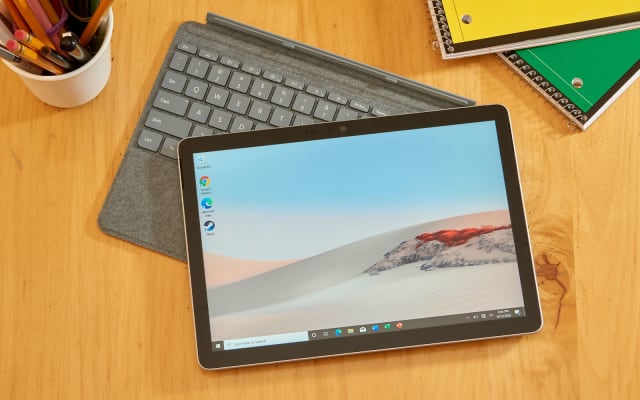
Maybe you don’t even have the space for a laptop in your life and only really need occasional access to a proper keyboard. Then a tablet with a keyboard like the Surface Go 2 might suffice. It’s a cute little 10.5-inch slate with a built-in kickstand and runs Windows 10 so you can use all the desktop apps you need. It starts at a relatively affordable $400, though that only gets you an Intel Pentium Gold processor and 4GB of RAM. If you need more power, you might want to bump up to a Core M3 model with 8GB Of RAM, which will cost $730 (with built-in LTE).
You’ll also want to get the keyboard cover, since Windows isn’t the best OS for tablets. That’ll cost you an extra $100, bringing your total to $500 or $830 depending on your configuration. Despite its small size, the Go 2 lasts longer than a work day and should survive a full morning and afternoon of lectures without needing a charge.
Apple iPad Air

Those who don’t mind a more tablet-like OS might find a suitable option in the 2019 iPad Air. It’s not as powerful as the iPad Pro, but it starts at a far more budget-friendly $499. For that, you’ll get a nice 10.5-inch Retina display, good battery life and a robust app ecosystem. The iPad Air is compatible with Apple’s Smart Keyboard so you can use it like a wannabe laptop and bang out quick emails or messages to your professors.
The Air’s A12 Bionic processor may not be the fastest Apple chip around, but it’s still plenty speedy. iPadOS also behaves more like a desktop OS now so you can edit text more intuitively, save files to your device and, finally, pair a mouse for more precise navigation. Art students might want to consider getting the Apple Pencil too, since the Air is a lovely canvas for sketching on. Those who want a better tablet all around might want to consider the iPad Pro instead, but the budget-conscious will be pleased with what the Air offers for the price.
Lenovo Flex 5 Chromebook
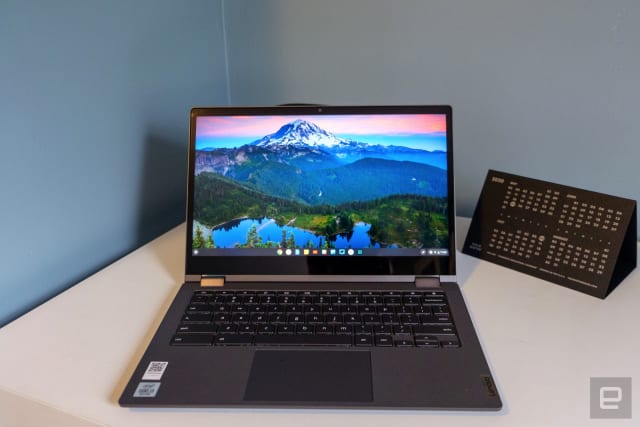
Not every student requires a full-fledged laptop for school -- some do most of their work via a browser. If that sounds like you, consider a Chromebook. They’ve matured in the past year both in terms of design and performance. The latest Chromebooks come with more powerful guts and more stylish finishes while still costing hundreds less than their Windows and Mac counterparts.
Our Chromebook pick is Lenovo’s Flex 5 Chromebook, for its sturdy yet sleek build, solid battery life and capable performance for the price. It costs just $410 on Amazon, and offers Intel’s Core i3 guts and a 360-degree hinge. We also like the comfortable keyboard and nice screen here. The 4GB of RAM the Flex 5 packs is somewhat measly, but considering you’re only running Chrome OS, that amount of memory is sufficient.

Post a Comment